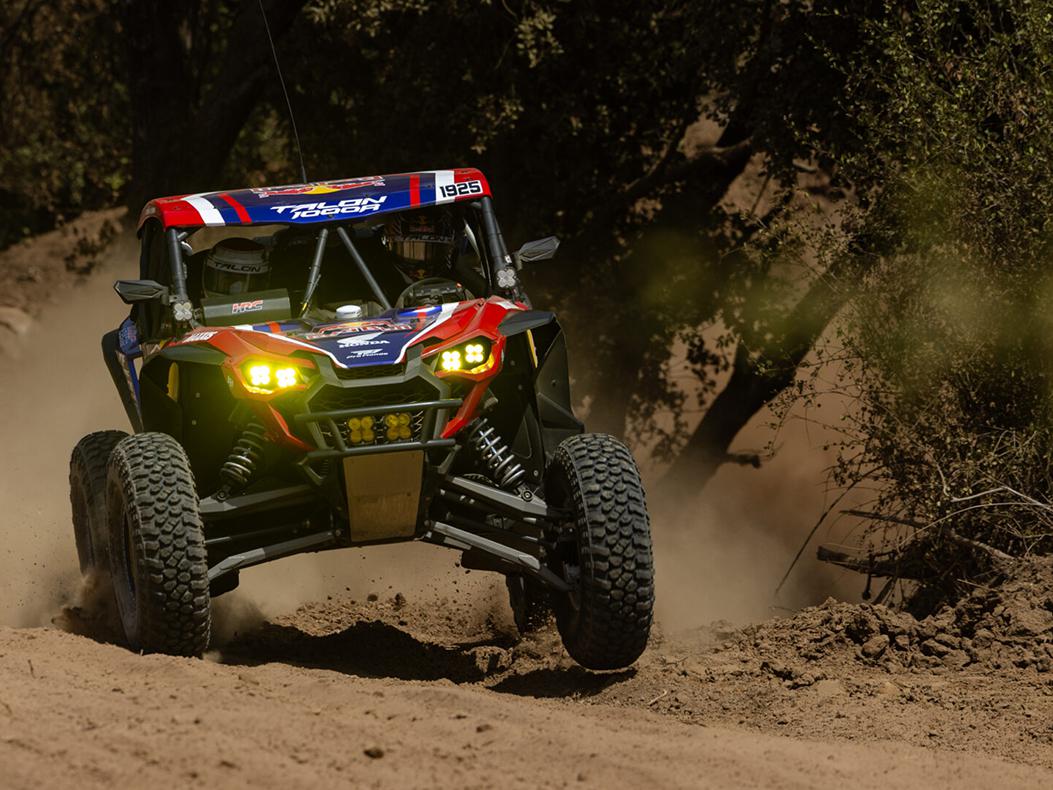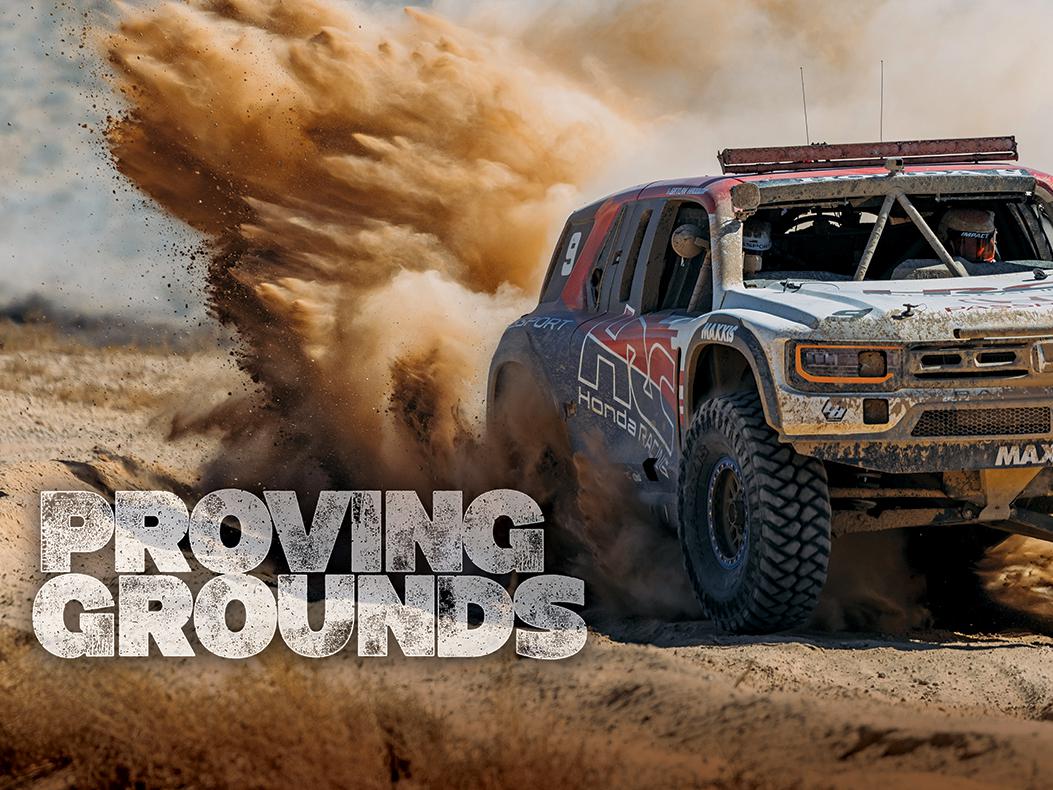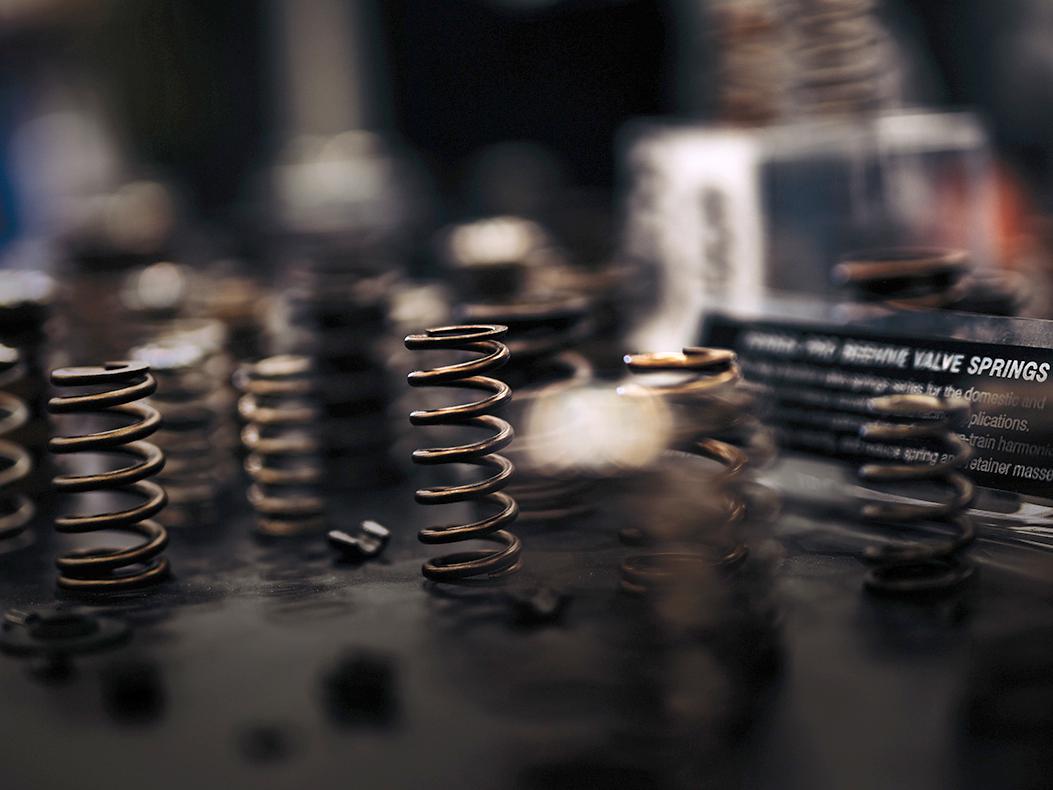BUSINESS PROFILE: EVOLUTION DYNAMICS
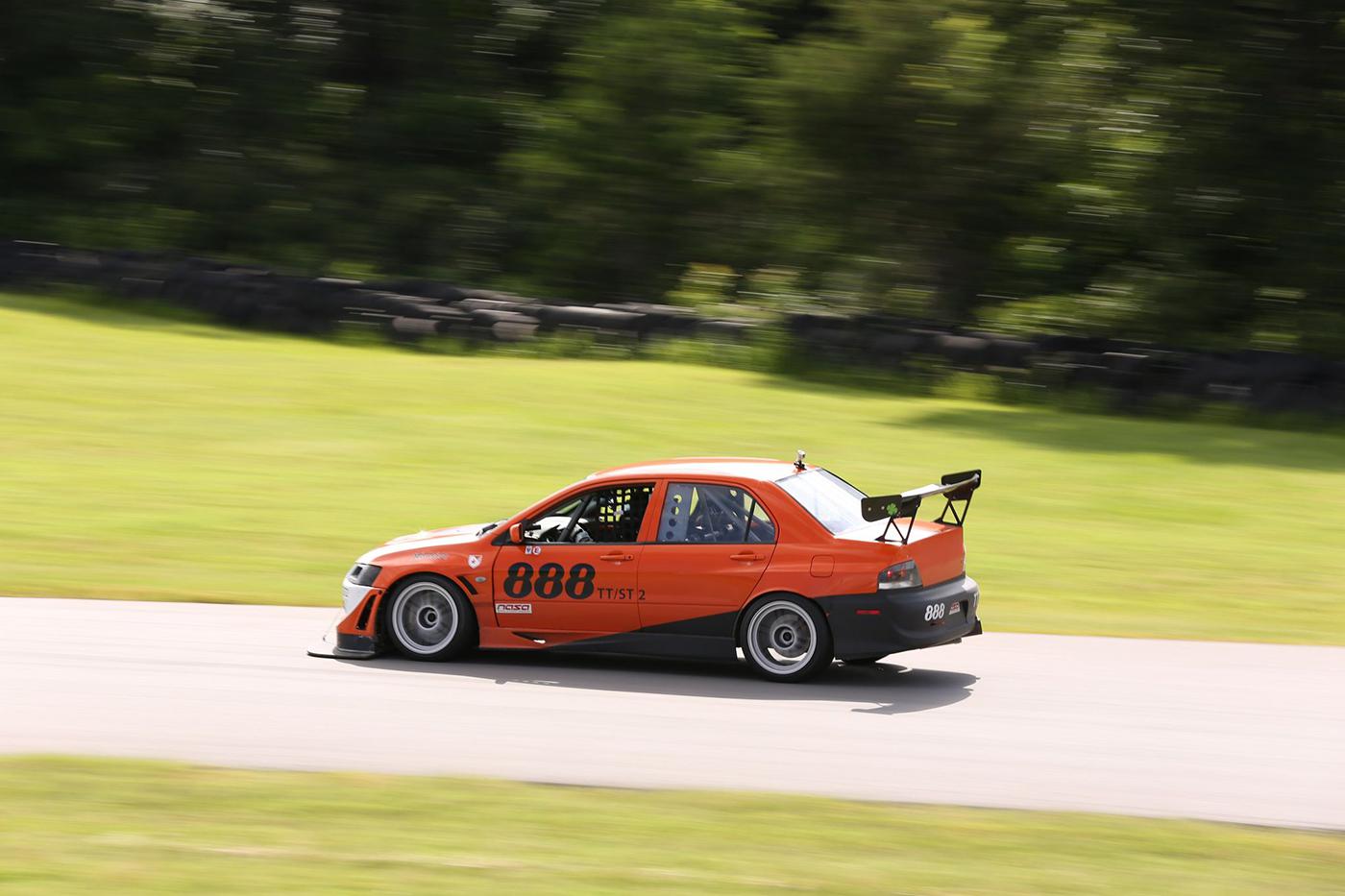
Kevin Dubois first operated a Mitsubishi Lancer Evolution as a teenager—on a video game. Today, he can barely find room to park all the street and race “Evos” customers bring to his thriving Texas shop.
Customer parking at Evolution Dynamics in Lewisville, Texas, is always full, and you might notice something unusual about the cars: They’re all the same model. Indeed, the business Kevin Dubois started out of his garage some 16 years ago only services the Mitsubishi Lancer Evolution—the turbocharged, all-wheel drive hot rod known affectionally as the “Evo” in racing and enthusiast circles.
The single-model strategy works exceedingly well for Dubois. He and his lone employee, Richard Fielder, an engineer who’s been with him since 2008, worked on about 300 cars in 2020.
“Last year was our busiest ever,” Dubois noted. “We had a 20% increase in sales over 2019.”
“Evo D,” as customers call the shop, is located about 30 miles north of Dallas. It is the go-to place for maintenance, repair, performance mods, and race prep for Evo owners from all over. The shop has built engines for customers from as far away as Alaska and Hawaii, as well as other countries. One car came in from Panama; and recently, Dubois dyno-tuned an Evo in Madagascar, albeit over the Internet via remote desktop.
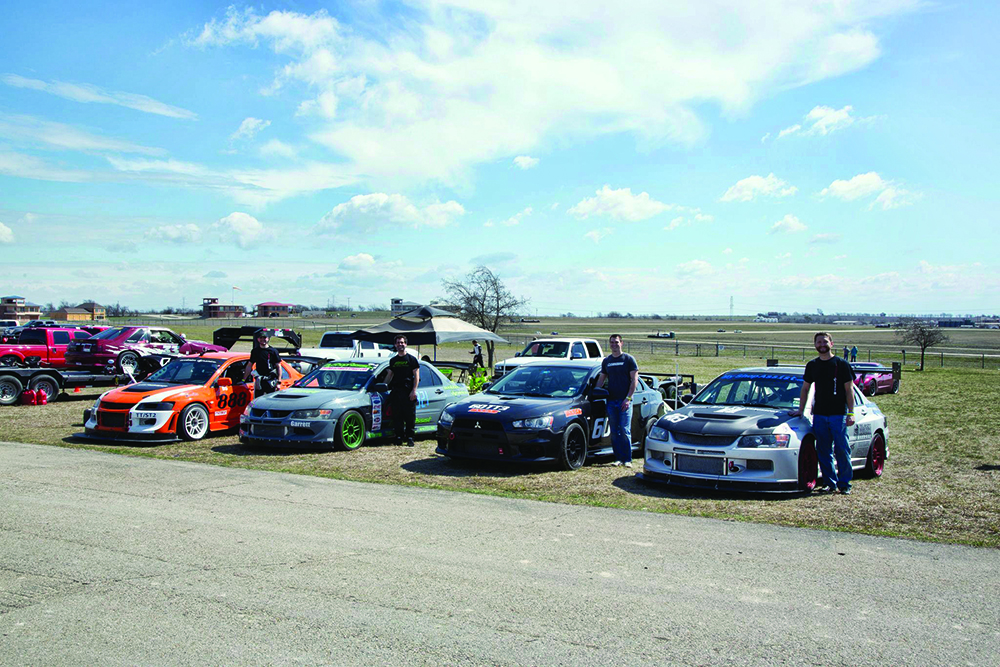
While some race and performance shops cater to a single model such as the Corvette, Mustang, or Porsche 911, the population of those cars is far greater and covers a longer timespan than the Evo. Mitsubishi imported just 43,000 of the cars, which were known as the Evo VIII (2003–2005), Evo IX (2004–2007), and Evo X (2008–2015) but were not badged as such. Earlier Evo models were not sold in the US.
Dubois estimates that three-quarters of his customers engage in some form of racing or track driving. That seems fitting, since the Evo was the basis for Mitsubishi’s World Rally Championship (WRC) racing platform in the 1990s.
Like millions of teens, Dubois first drove an Evo and its archrival, Subaru’s WRX STI, in the “Gran Turismo” video driving game in the 1990s. The game’s popularity fueled demand for those automakers to finally offer the cars here in the early 2000s. It also introduced this large audience to WRC racing, which bolstered its appeal.
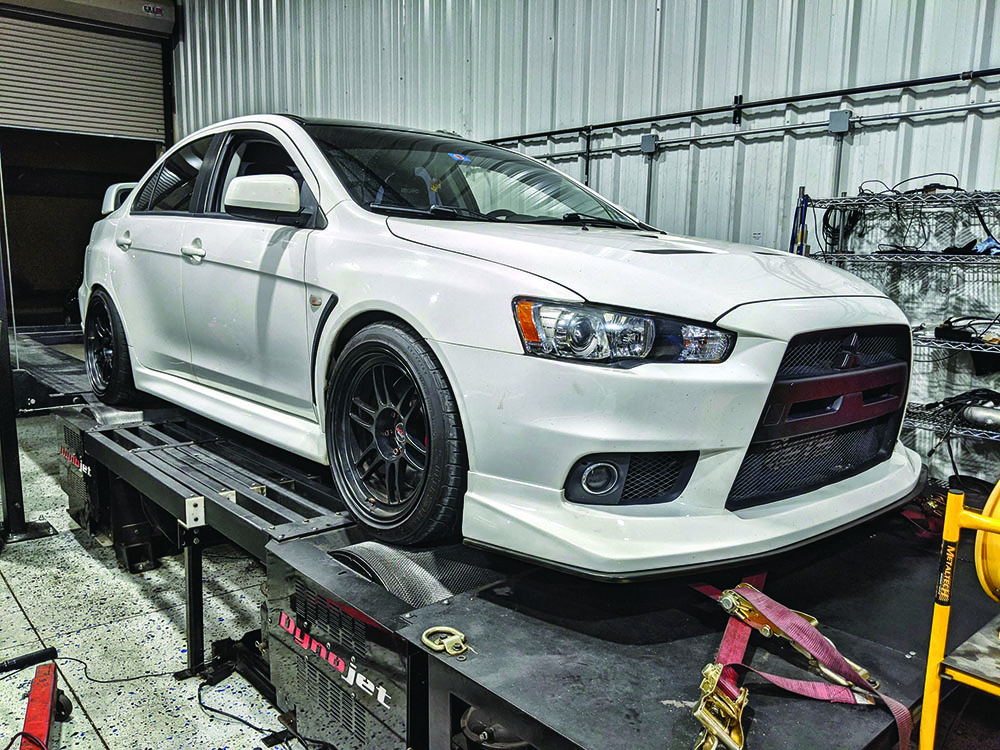
REPUTATION BUILT ON RACING
Remarkably, Dubois does no marketing or advertising, and his social media strategy is almost nil. Racing, however, was at the core of his promotion in the shop’s earlier years. Among Evo owners, he said drag racing is the most popular application, though many also participate in National Auto Sport Association (NASA) High-Performance Driving Events (HPDE), autocross, and time trials racing. At one point, Dubois sponsored eight NASA cars.
“If you went to a NASA race, any of the Evos there were likely to be one of our cars,” he said. “We could go out there and win. We were competitive with Corvettes and BMWs.”
Evolution Dynamics no longer sponsors race cars, but the previous sponsorships paid dividends. “With the racing, we were basically working on cars for little or no profit, but we gained experience and credibility,” Dubois noted. “We became known as the best in the area. Now we don’t need to advertise. Pretty much everyone on the Evo scene knows about us and what we do.”
In fact, Evo owners know the shop so well that Dubois rarely uses social media, either. “If I get a picture of a cool customer car, I’ll put it on Facebook. That’s really it,” he said.
A look at the shop’s Facebook page in late January showed only one post for the month, and just a few in December. One, a video of an Evo on the dyno, carried the simple caption, “BRaaaaaaaap! 822 whp, 725 ft-lb of torque.” Another touted the new flex fuel kit Evolution Dynamics offers to run Evos on E85 fuel without having to switch engine tunes.
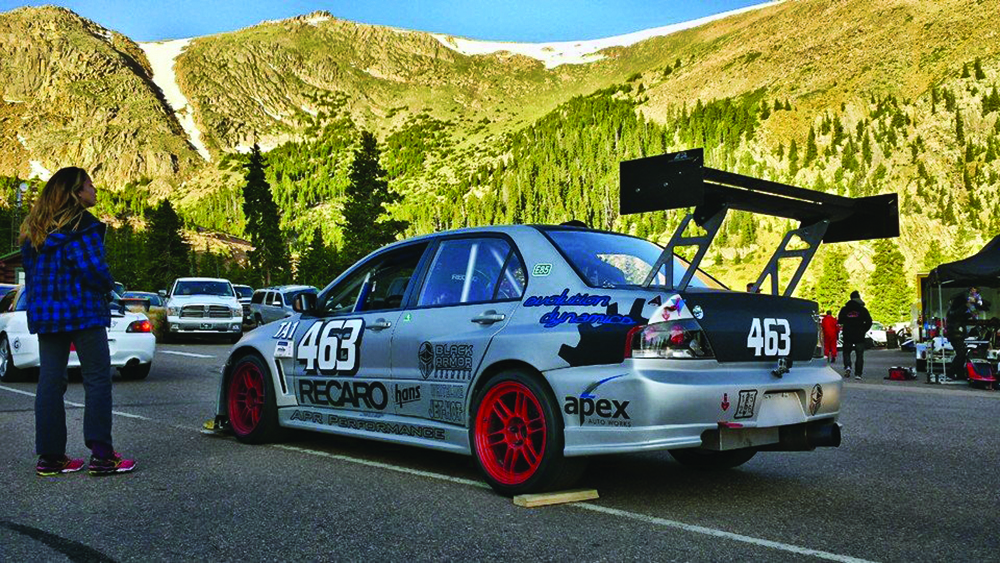
STARTED IN HIS GARAGE
Dubois had not planned to work on cars for a living. After earning an engineering degree from Hope College in Holland, Michigan, in 2004, he moved to Texas to take a job with defense contractor Lockheed Martin. With his hiring letter, he secured financing for a new Evo, a car that would ultimately change his chosen career.
In Texas, Dubois used the open-source ECU Flash software on his laptop to street-tune his own car for higher performance, and then began doing the same for other Evo owners. He was soon tuning two to three cars a night out of his garage. He later rented a dynamometer, and ultimately bought one outright.
Forced to stop working out of his garage, Dubois rented a 1,500-square-foot shop space in Lewisville. When his work on Evos turned into a full-time business, he left Lockheed Martin. Over the next 10 years, he moved three more times into increasingly larger spaces. He is now in the process of buying the current building, which comprises two suites in a four-suite industrial condominium.
The shop itself occupies 3,900 square feet, with about a quarter of that for the office and waiting room. There is a climate-controlled engine assembly room and about 900 square feet of storage in a mezzanine. Dubois calls his Dynojet 424x all-wheel drive dynamometer his most valuable piece of equipment.
“We use it several times a week, and rent it one or two times a week,” he said. “Half the people renting my dyno are doing remote tuning. I allow anything but Evos.”
Dubois also rents some space to a tech who works only on the Ford Focus ST and RS performance models. The building’s other two suites are owned by Todd Earsley, Dubois’ partner in the My Shop Assist software that the two developed expressly for performance and race shop management. (See “Business Boosters” article in PRI’s November 2020 issue featuring My Shop Assist.)
RACE TO THE CLOUDS
Evolution Dynamics gained fame in 2012 when Jeremy Foley, with navigator Yuri Kouznetsov, drove Dubois’ own highly modified Evo at the Pikes Peak International Hill Climb and narrowly escaped death in a harrowing rollover crash off the mountainside. Video of the shocking incident circulated widely through conventional and social media.
Kouznetsov suffered a dislocated shoulder in the wreck. He later purchased Foley’s autocross Evo, and in 2014 had Dubois prepare it for a return to Pikes Peak.
“After healing physically and mentally, I still wanted to continue racing,” Kouznetsov told PRI. “I reached out to Kevin with a proposal to finish what we started. My goal was just to finish. When it came time to build the car and the cage, I had full confidence in Kevin to make version two leaps and bounds above what version one was.”
At the 2014 Pikes Peak International Hill Climb, Kouznetsov came in 37th out of 130 finishers, with a time of 11:03.910. He still owns the car, which he occasionally races in time trials.
“Kevin is an engineer and is very diligent in his approach,” Kouznetsov added. “The racer in him wants to shave every second off a lap time that he can. But at the same time, he doesn’t cut corners when it comes to structural design or suspension.”
800 HP FOR THE ASKING
Dubois said purely stock Evos are rare, and that most customers modify their cars in stages. They might start doing track driving events and move to autocross or drag racing with stock engines, and then seek higher performance.
He typically recommends lowering springs and new anti-sway bars as a logical first upgrade. For next steps, Dubois will install coil-overs, swaybars, and bushings. He sends the cars out to shops that do race alignments.
Customer Adam Baltutis followed that path when he bought his Evo in 2012. “When I was researching Evos, I knew Evo D had a great rep in the Evo community,” he said. “I was just 20 minutes from the best Evo shop around.”
Baltutis put hard miles on his Evo as a daily driver for a short period before turning it into a fully race-prepped and caged car for time trials. He took fourth place in the TT3 class at the 2018 NASA Nationals.
All Evos used a 2.0-liter turbocharged four-cylinder engine: the aluminum-block 4B11T in the Evo X and the iron-block 4G63 in the previous models. Stock output ranged from 271 horsepower in the 2003 model to 303 horsepower in the 2015 Evolution Final Edition. Evos can be easily pushed to 400 horsepower with camshaft, turbo, and exhaust mods, however, and Dubois said 500 horsepower is reasonable to achieve with a stock lower end. Beyond that, the customer is limited only by his budget. Drag racing engines go beyond 1,000 horsepower.
EXPERT ON PROBLEM SPOTS
Like many high-performance cars that frequently get pushed to the limit, Evos can break…expensively. Dubois knows and can easily diagnose all common trouble spots, often by sound.
Driveline problems are not unusual. Clutches slip and synchros go bad. The Evo X’s Active Yaw Control pump for rear-wheel torque vectoring commonly fails, and this model’s available dual-clutch automatic transmission also routinely fails under hard use. That’s an $8,000 rebuild that Dubois farms out to a couple of local transmission shops. In addition, the Evo X engine can be damaged by spark plug insulators and electrodes that break and drop into the cylinders.
Despite the Evo being out of production, Dubois feels confident in his business model. After all, many customers are in their late 20s to late 40s.
“People will continue to modify, race, and break them for a long time,” he said, while acknowledging that the parts supply for an out-of-production car could one day become an issue. Currently, he buys all stock parts from Mitsubishi dealerships, preferring the OEM quality. He’s confident the aftermarket can fill any gaps in the future.
Dubois does not rest on his shop’s reputation to maintain momentum, however. His “secret” to ensuring ongoing success is simple: “It’s making sure we do good work. We’re really good at doing things right the first time.”
 MEMBERSHIP LOGIN
MEMBERSHIP LOGIN JOIN PRI
JOIN PRI
